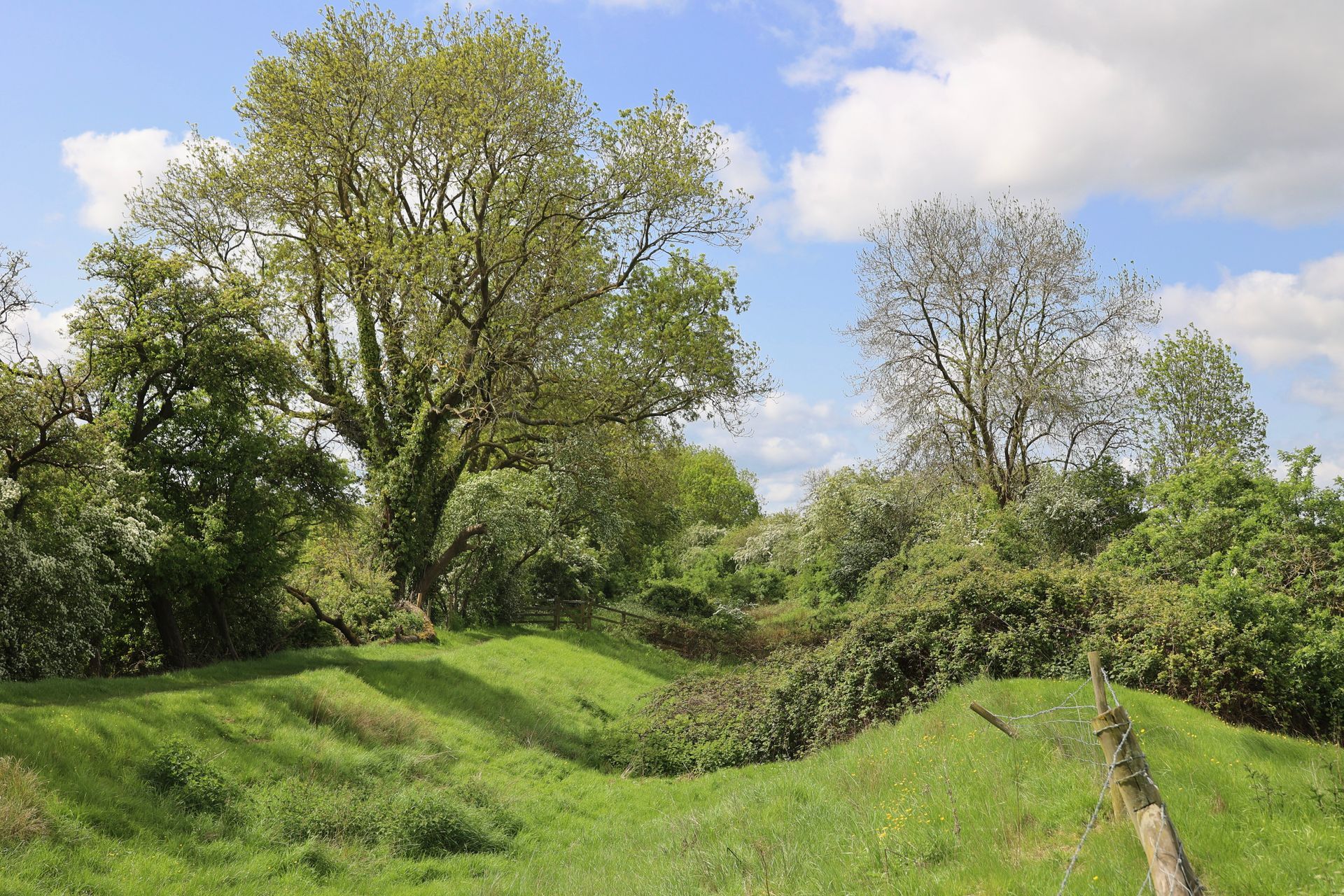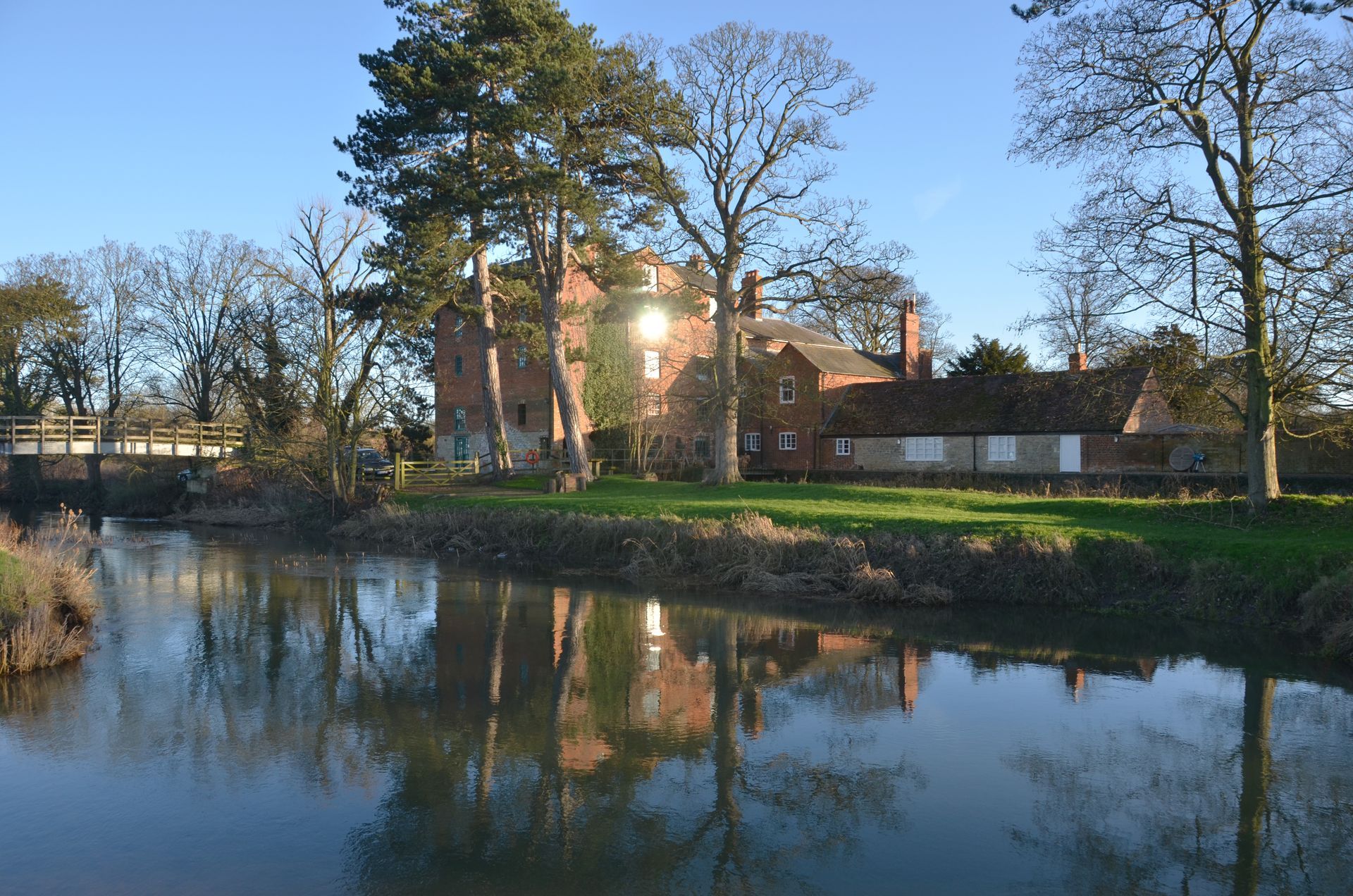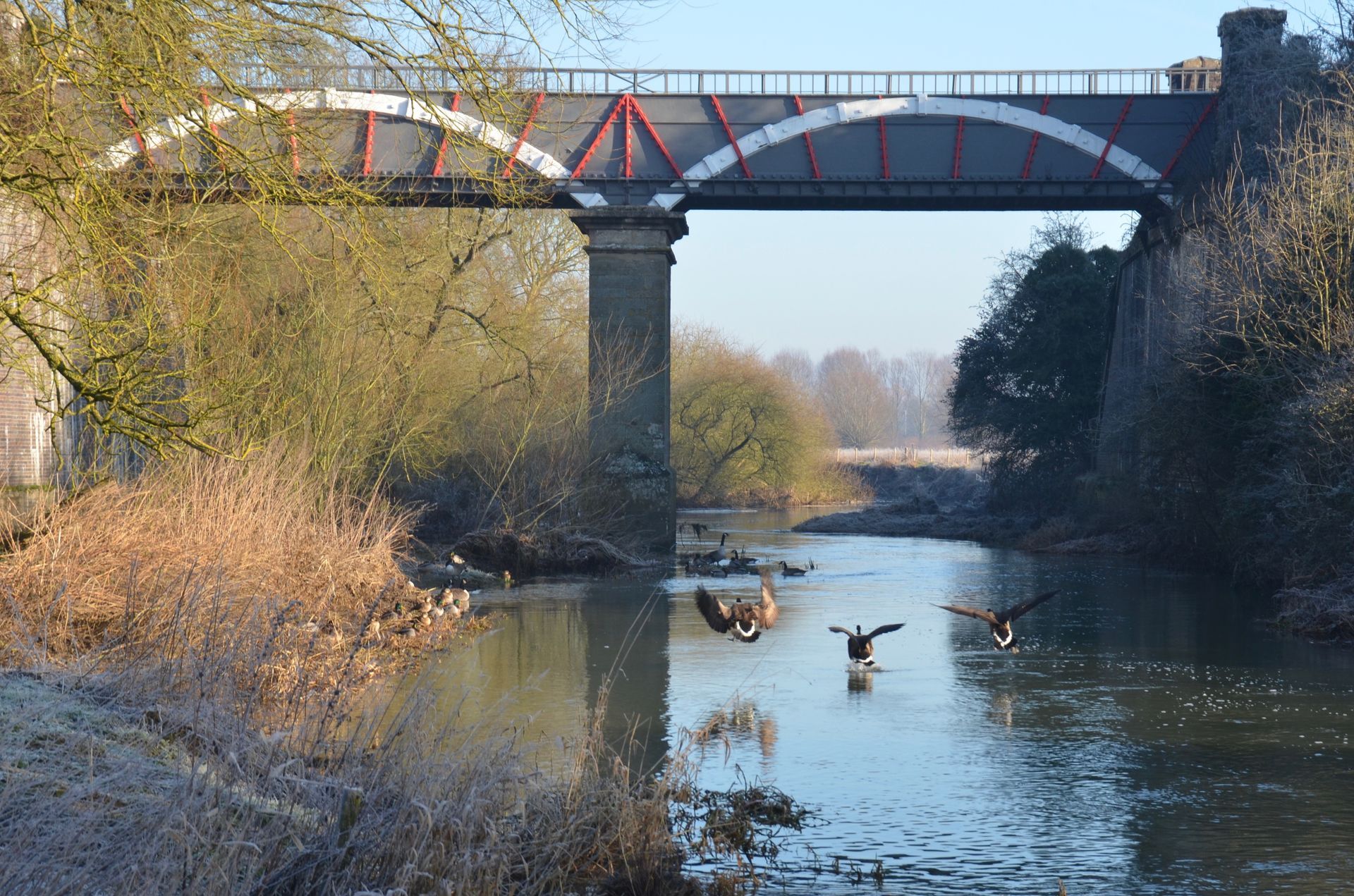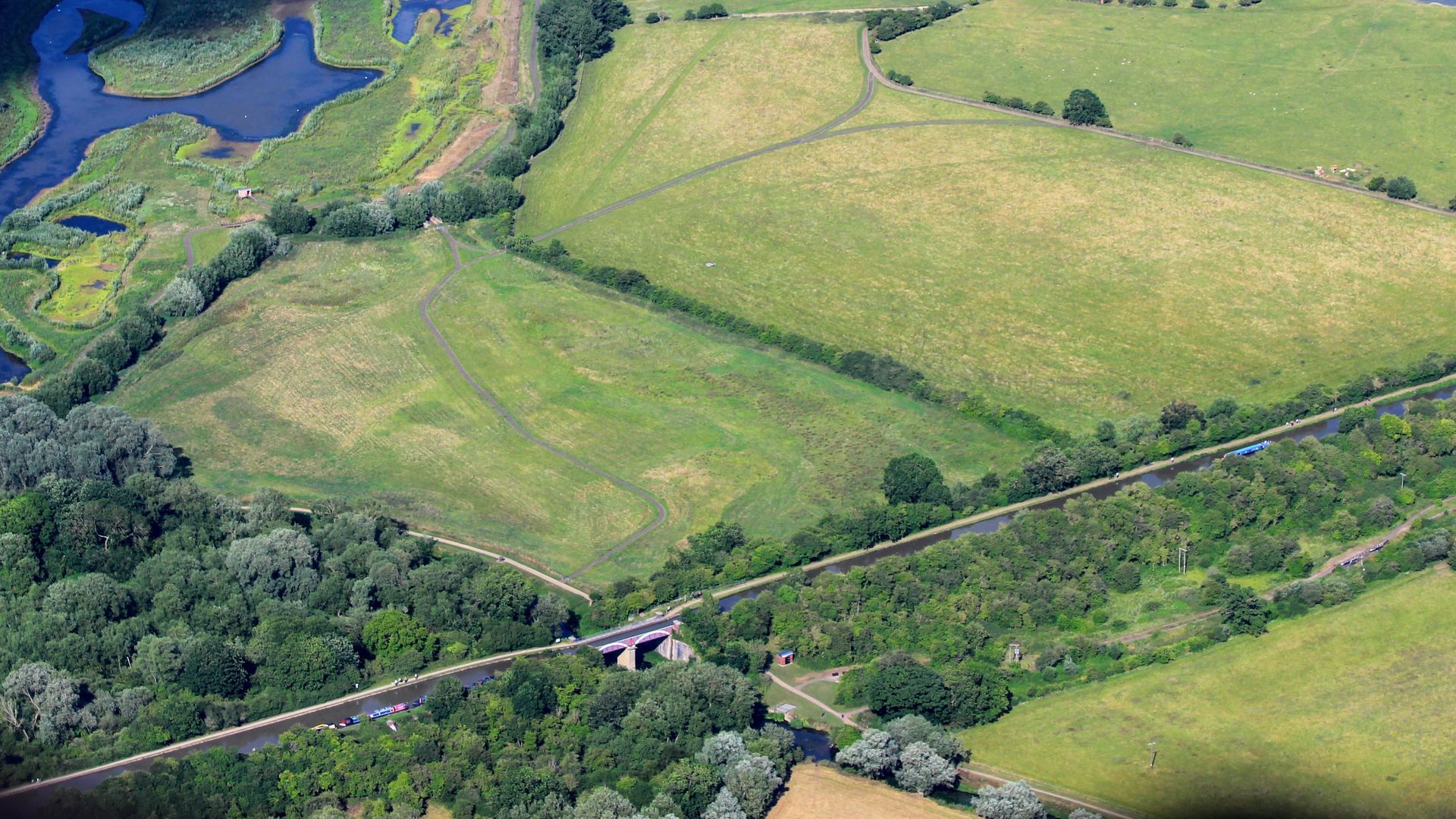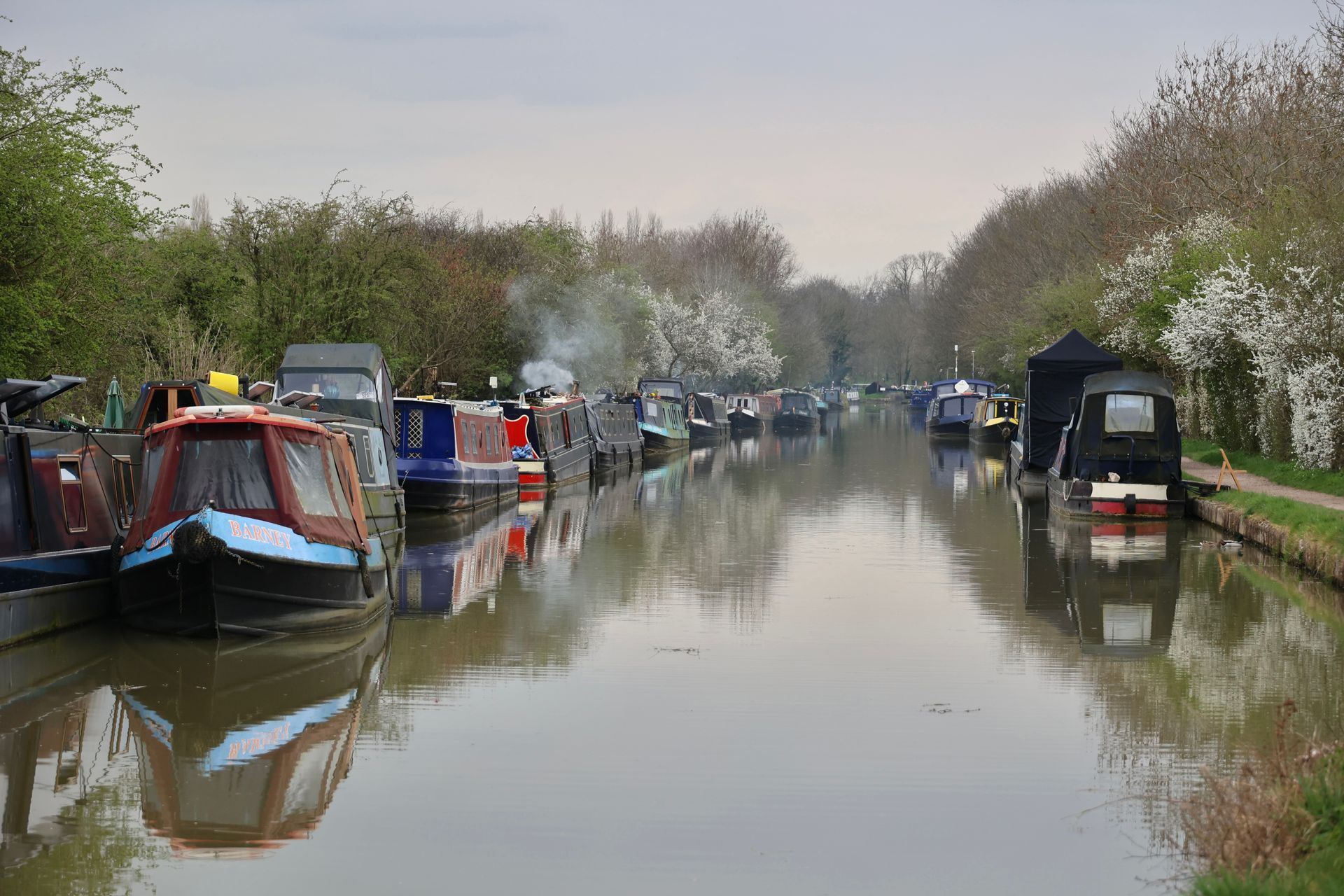Heritage and Archaeology
The proposed development directly impacts several heritage and archaeology sites, including the Grand Union Canal Conservation Area, Iron Age/Roman remains, and Early Medieval remains.
What will be affected – and how?
Grand Union Canal Conservation Area
The development significantly affects the Grand Union Canal Conservation Area, changing the land character from open fields to an employment centre, which the developers acknowledge will result in a moderate adverse impact. Following the last planning submissions, dated August 2023, the Canal and River Trust raised concerns about the canal embankment's strength, exacerbated by the revisions to flooding mitigation proposals.
Archaeology
Iron Age/Roman remains within the site will be removed during construction, potentially resulting in their complete loss. The Council's Archaeological Adviser has mandated a programme of archaeological work, but compliance with this request is unclear. The Roman Villa, significant and less than 1km from the development site, is omitted from the Developer’s assessment. Early Medieval remains in the proposed Country Park will be buried under a landscaped bund, potentially affecting their archaeological significance.
Heritage Sites
The National Planning Policy Framework (NPPF) requires applicants to describe the significance of any affected heritage assets. The developers recognise two significant sites near the development: Old Wolverton Mill and the Motte and Bailey Castle. However, they have not considered the Cosgrove Aqueduct, despite it being on Historic England’s Scheduled Monument list. The developers' assessment downplays the visibility and impact on these heritage sites, which is contested by the community.
The consultants used by the developers to review the heritage images are based in Wolverton and yet they missed one of the most important and much loved heritage assets in the area. They also missed the fact that there would be attenuation ponds within the country park, which they have now added in their most recent submission, Feb 2025. We commissioned our own heritage consultant, Dr Richard Hoggett, to review their findings and see what else they might have missed. Here is what he found….
"The supporting Heritage Statement concludes that ‘The Site is not experienced from the motte and bailey castle, deserted village and monastic grange at Old Wolverton due to the distance, mature trees and hedgerows, as well as interspersed built form between them.’ The [developers] Heritage Statement concludes that the site is not considered to contribute to the significance of the Scheduled Monument and, as a consequence, no further assessment of the impact of the development is presented and the Environmental Statement concludes that the construction phase of the proposed development will have no impact upon the setting or significance of the Scheduled Monument. Similarly, the Environmental Statement concludes that there will be no impact upon the setting or significance of the Scheduled Monument during the operational phase of the development, due to distance between the sites, the intervening topography and existing mature vegetation. I disagree with this conclusion for a number of reasons.
That there is a connection between the proposed development site and the Scheduled Monument and that any application has the potential to impact upon the significance of the heritage asset is implicit in the inclusion of specific requirements pertaining to the heritage impact on the Scheduled Monument in Policy AL5 of the South Northamptonshire Local Plan (Part 2).
As noted above, the Heritage Statement on which the assessment presented in the Environmental Statement is based is fundamentally flawed, as it does not consider the land which lies to the east of the Grand Union Canal, i.e. that which is closest to the Scheduled Monument, and erroneously states that the distance between the Scheduled Monument and the site is 2km, whereas in fact the two are 850m apart at their closest extents. As such, the conclusions set out in the Environmental Statement regarding the intervisibility between the two sites and the contribution which the agricultural land within the site makes to the significance of the Scheduled Monument is based upon a false premise and its conclusions cannot be relied upon."
The report concludes that the proposed development substantially impacts heritage and archaeology sites and does not comply with relevant legislation and policies, highlighting the need to preserve the historical and cultural significance of the area. For further details, please refer to the full Heritage Assessment document which can be downloaded from our Consultant Reviews page.
“Where harm would be caused, including through development proposals outside of a conservation area which have an adverse effect on the setting of the conservation area or any views into or out of the area, such harm will need to be weighed against the public benefits of the proposals”
South Northamptonshire Part 2 Local Plan 2011-2029
“Development that would harm locally important archaeological remains or their settings will only be permitted where the public benefits of that development are significant and can be demonstrated to outweigh the harm to the archaeological interest of the asset and its setting”
South Northamptonshire Part 2 Local Plan 2011-2029
Heritage and Archaeology - Reasons to Object
- Grand Union Canal Conservation Area will be significantly affected.
- No Heritage Management Plan for the archaeology sites and the mitigation plan for one site has been made worthless by the developers changing their flood alleviation plans
- No regard has been paid to the change in view from Scheduled Ancient Monuments and Heritage Assets in the area
- The Environmental Statement, presents a limited discussion of the historical development of the western half of the proposed development site; the development of the eastern half of the proposed development area is omitted from this discussion
- The proposal conflicts with WNC Joint Core Strategy - It fails to protect and conserve the natural environment or built heritage, and certainly does nothing to enhance those assets
- The size, siting, scale, and design of the proposed employment buildings will result in unacceptable significant adverse impacts on local landscape character, views and visual amenity
- By their own admission the developers acknowledge that for the Grand Union Canal Conservation Area there would be a significant negative effect arising from the change in character of the land

